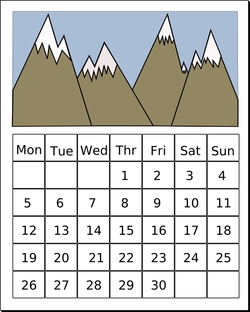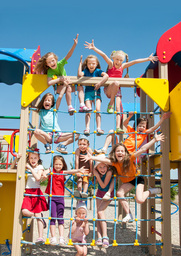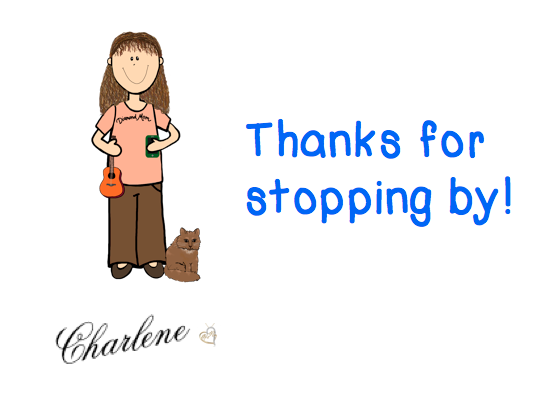|
The concept of time is a huge one for children. Younger children often ask questions such as "How much longer until we get there?" Days, weeks, months, and years are chunks of time that they struggle to grasp when they are little. How many times have you had to say things like: "We will see them in 4 more sleeps." Birthdays come and within weeks they are already talking about who they will invite to their next birthday party. A year is such a long time away for little ones. It is important to provide some kind of markers to help them better understand the passage of time. 
Hour glasses were used as a visual of time passing. 
Calendars are great to use because children can see the days and mark them off as they pass. Holidays and special days are often used as markers as well because there tends to be something happening each month. If these special days are on the calendar, they can count the days until they come.
Children are intrigued with time and they enjoy playing games that use time. I know that one of the favorites for my students was What Time Is It Mr Wolf? They would squeal and laugh as they ran away at dinner time.
Learning to tell time needs to be done sequentially as well so that it is easier to understand and apply to daily life. Using a schedule for routines and activities can be a great place to start introducing more specific time concepts. As they become more familiar with what happens when, and about how long it lasts, they will be able to better understand more specific concepts of time and how the clock works.
Starting with general times such as times of the school day will help them to apply times to real life. Putting up visuals with the time beside them will also help.
It is important to make sure that both analog and digital time are part of the exposure to clocks as both are still used in our daily experiences. Of course, it is easier for most children to read a digital clock, so it means that they will need to practice more with analog clocks to become proficient at reading them. Using manipulatives to actually move the hands of the clock will help to imprint the concepts.
It will still be confusing for many children, but with continued practice and exposure to telling time and seeing the time written out or displayed, they will eventually become more able to use it effectively. The confusion will disappear and the questions will become less frequent.
I have put together some sets of task cards to help with telling time. There are 3 sets of clocks with times on them and there is a set of clock templates. These are available as a bundle here or as individual products as well. Click on the image to learn more.
0 Comments
Leave a Reply. |
About Me Charlene Sequeira
I am a wife, mother of 4, grandmother of 9, and a retired primary and music teacher. I love working with kids and continue to volunteer at school and teach ukulele. Categories
All
|















 RSS Feed
RSS Feed